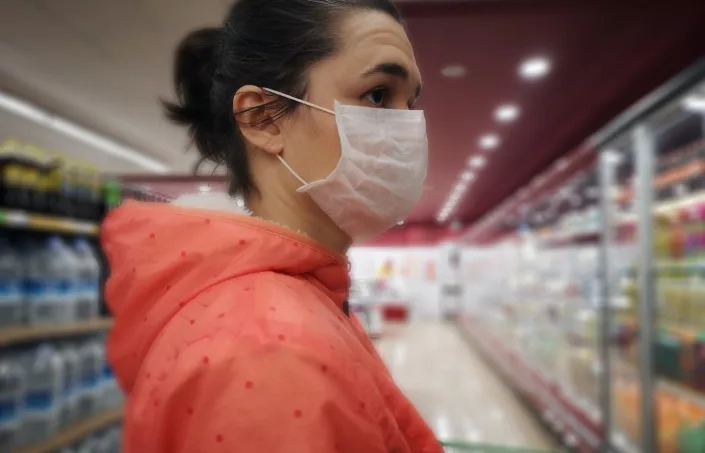 T.H.E.M.
¨We believe in the judgment; we believe this first judgment will take place as God revealed, in America...¨
T.H.E.M.
¨We believe in the judgment; we believe this first judgment will take place as God revealed, in America...¨
 T.H.E.M.
¨We believe in justice for all, whether in God or not; we believe as others, that we are due equal justice as human beings.¨
T.H.E.M.
¨We believe in justice for all, whether in God or not; we believe as others, that we are due equal justice as human beings.¨
Buying groceries isn’t a problem just for the poor – middle-class millennials like me with student debt have trouble too
Cassandra M. Johnson, Assistant Professor of Nutrition and Foods, Texas State University

When I teach undergraduate and graduate students about food insecurity, I sometimes mention that my perspective is based not only on professional expertise but also on my personal experience.
Food insecurity might sound like the same thing as hunger, but that’s not the case. The somewhat technical term food insecurity applies when people can’t get the food they need for themselves or their families because of a lack of money or other resources.
Food security, on the other hand, is more of an ideal – being able to access culturally preferred foods to support an optimal diet and health. This is my personal take on the gray area between food security and food insecurity – and how student loan debt blurs the line between low-income and middle-income families.
Some 38.3 million Americans – 11.8% of the population – experienced food insecurity in 2020, according to U.S. Department of Agriculture data. Like many other experts, I believe these numbers underestimate the scale of this problem. And that’s not only because it can be hard to detect.
One group of Americans who might also be dealing with problems accessing food is middle-class millennials with a lot of student loan debt – like me. Despite being an assistant professor in a double-income household, in my opinion, I am not able to afford the foods I feel my family should be eating.
To be clear, based on the official criteria, my family is not food insecure. I’ve never been to a food pantry and my family always gets enough to eat. My family’s frugal diet is packed with nutritional value: beans, white potatoes, sweet potatoes, carrots, broccoli, tomatoes, milk and eggs. In some regards, however, I believe that my family is not fully food secure because our choices are somewhat limited.
Settling for a frugal diet
For example, I know the benefits of eating more fresh seafood. It’s a lean source of protein, packed with heart-healthy fats and full of minerals and vitamins. Plus, I like how it tastes. But it can be expensive…….Story continues
Click here for reuse options!Copyright 2021 Hiram's 1555 Blog
